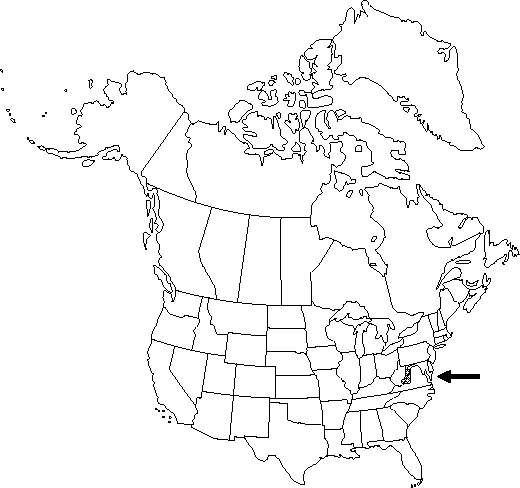Difference between revisions of "Clematis albicoma"
J. Wash. Acad. Sci. 21: 198. 1931.
FNA>Volume Importer |
imported>Volume Importer |
||
| Line 51: | Line 51: | ||
|publication year=1931 | |publication year=1931 | ||
|special status=Endemic | |special status=Endemic | ||
| − | |source xml=https:// | + | |source xml=https://bibilujan@bitbucket.org/aafc-mbb/fna-data-curation.git/src/bb6b7e3a7de7d3b7888a1ad48c7fd8f5c722d8d6/coarse_grained_fna_xml/V3/V3_708.xml |
|genus=Clematis | |genus=Clematis | ||
|subgenus=Clematis subg. Viorna | |subgenus=Clematis subg. Viorna | ||
Revision as of 23:04, 27 May 2020
Stems erect, not viny, 2-4(-6) dm, pubescent or pilose to ± tomentose or hirsute. Leaves simple. Leaf blade elliptic-lanceolate to ovate, unlobed, 3.5-8(-10) × 1.5-5(-6.5) cm, thin, not conspicuously reticulate; surfaces abaxially glabrous to sparsely (rarely more densely) villous on veins, not glaucous. Inflorescences terminal, flowers solitary; bracts absent. Flowers narrowly urn-shaped; sepals purplish, yellowish toward tips, oblong-lanceolate, (1.1-)1.4-3 cm, margins not expanded or less than 1 mm wide, thin, not crispate, tomentose, tips obtuse, spreading to recurved, abaxially silky- to woolly-pubescent. Achenes: bodies pilose; beak white to pale yellow, (1.5-)2-4(-4.5) cm, plumose. 2n = 16.
Phenology: Flowering spring–early summer.
Habitat: Shale barrens
Elevation: 300-800 m
Discussion
Clematis albicoma is known only from shale barrens predominantly developed from the Upper Devonian Brallier Formation in nine counties of western Virginia and adjacent West Virginia.
Selected References
None.
